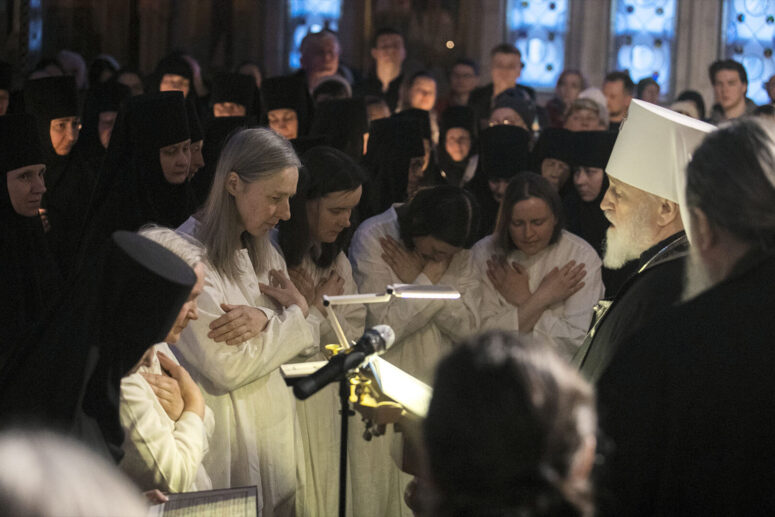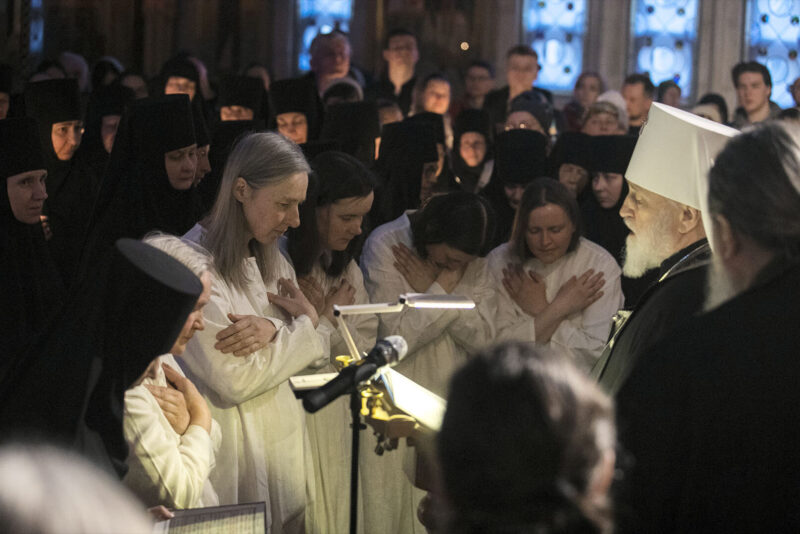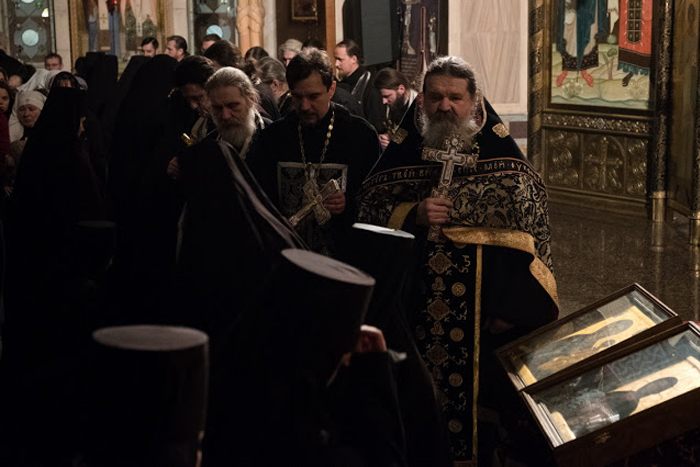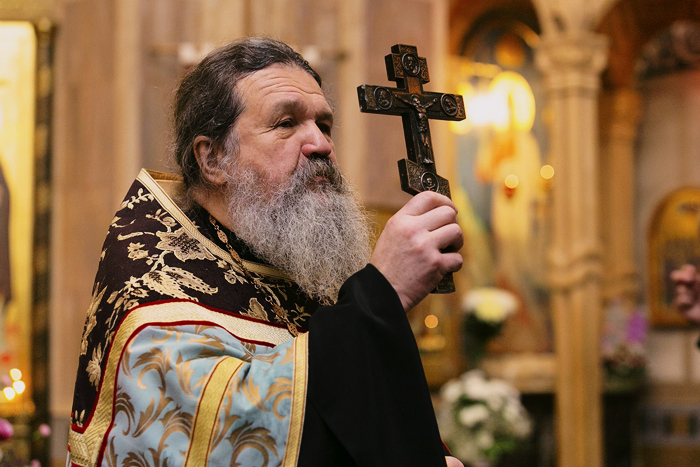
What are the criteria for choosing names given to monks and priests? Can they influence the choice of their future names in one way or another?
The name change is meant to symbolize a person’s entry into full obedience to the church. Losing his or her worldly name a person receives a new name, chosen in honor of a saint. As a rule, the choice of a name does not depend on the person’s desire, being the prerogative of whoever is performing the tonsure. Most often a person learns his new name at the actual moment of tonsure.
On what principle are the names chosen? The criteria may vary. One tradition, for example, requires that the new name should begin with the same letter as the person’s “worldly” name. E.g., Saint Alexander Nevsky received the name Alexy in the great schema. There are also cases when a priest who performs the tonsuring chooses the name at his own discretion. Learning from the new patron saint and imitating his virtues by the newly-tonsured person is one of that principle’s goals.
In the biblical tradition, changing a name always has a significant meaning. When God changes a person’s name, it symbolises that person’s entry into a new, closer relationship with Him, transforming him into a servant of God. God changes the names of those whom He chooses as His trusted ones, to whom He has delegated a mission, with whom He has made a covenant. Thus, for example, after God made a covenant with Abram appointing him the father of a great people, Abram becomes Abraham (Gen. 17: 1-5), and his wife Sarai becomes Sarah (Gen. 17:15); Jacob receives the name Israel (“the God-fighter”, or, in another interpretation, “the seer of God”) after he fought with God and God blessed him (Gen. 32: 27-28).
By giving Peter a new name, Jesus exalts him among His disciples. The other disciples were not afforded that honor, with the exception of John and James, whom Jesus gave the common nickname “sons of thunder” (Mark 3:17). Why does Jesus name the three disciples? “He shows by that” St John Chrysostom answers, “that He is the One who gave the Old Testament, having then changed the names of Abram, Sarai and Jacob.” It was those three disciples who received new names from Jesus (Peter, James and John) who were closest to Him during His earthly life.
Translated by The Catalogue of Good Deeds
Source: Jesus Christ. Life and Teaching by Metropolitan Hilarion of Volokolamsk. Book 1, Chapter 6.
https://jesus-portal.ru/life/otvety-pastyrya/kak-monakhi-poluchayut-novye-imena/




